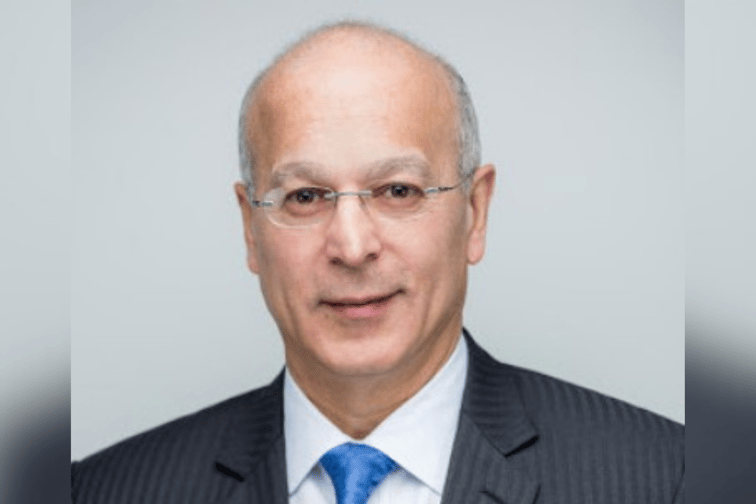

Mortgage Street has set its sights on the prime loan market offering sharp rates and reducing fees on prime products with low LVR.
The Sydney-based non-bank lender, which deals directly with brokers, revamped its Super Prime 1 product suite in a bid to fill the gap in the market as banks become more stringent.
“We have a razor-sharp product that pays brokers full up front and full trail but with a market leading price,” said Mortgage Street CEO Kenneth Sayer (pictured above). “Super Prime is exactly that. It's for Aussies with good credit, good income, in a good location and the rates are extremely competitive.”
With the Australian property market traditionally among the most expensive in the world, it makes sense that Australian homeowners are hawkish about getting the best interest rate for their situation.
However, as Australians grapple with 13 rate rises in 18 months, Sayer said people had become hypersensitive to interest rates, especially in the top end of town.
“As a non-bank, it’s so easy to get the B-grade loans while extraordinarily difficult to get a foothold in the super prime space,” Sayer said. “I’m putting my money where my mouth is and targeting this audience.”
Mortgage Street’s current Super Prime 1 basic interest rates start at 5.84% p.a. for owner-occupiers on a variable P&I loan with <-50% LVR.
The lender’s website said the basis comparison rate is 5.88% – although all rates will depend on the current market conditions.
In addition to the sharp interest rates, Mortgage Street has also reduced its application, settlement, and discharge fees.
These fees are weighted, meaning that they are reduced as the LVR decreases.
“We've tried to make our product as attractive as possible for both borrowers and brokers and shave it both ends,” said Sayer.
Another key factor that sets Mortgage Street apart from its competitors is that its operations are entirely in-house.
“I'm aware that all of our competitors’ processing is outsourced. Ours is 100% in-house, even our credit department. Low LVR loans are just easier to process this way,” said Sayer. “I don’t like to take unnecessary risks and by having it in-house we know exactly how long it takes for things to get processed.”
“A 50% to 60% LVR super prime doesn’t require much work from us, so it’s only fair to reduce the fees.”
Since Mortgage Street operates through a broker-to-lender model, Sayer said it has also eliminated channel conflict.
“The problem is that a broker typically submits a deal to a bank, and then when the customer wants a variation, they go back to the same bank and the broker may get cut out of the picture,” Sayer said. “A customer can't come direct to us. We are a B2B channel for brokers.”
With banks facing a credit crunch as they exit their low-interest credit facilities onto much higher ones, non-bank lenders and mortgage managers are looking to take advantage of the evolving market.
But while many others had sought to take market share and diversify into other niche markets, not many have taken on the banks in their usual territory.
“The majority of non-banks have gone to SMSF and auto financing. My position is I'm not going to follow that trend because it's easy and will soon become overpopulated,” Sayer said.
“It’s easy to get a low doc loan because banks don't do low doc loans. It's very easy to do SMSF because banks have already raised their white flag and exited the area. Instead, I’m going all into super prime, boots and all.”
Sayer said Mortgage Street’s funding was secure to tackle this space.
“The benefit of Mortgage Street is that we are the funders. It’s our money. We have been funding our own loans since the GFC and we've had lots of highs and we've had lots of lows, but we're always there.”
What do you think about Mortgage Street’s Super Prime 1 product suite and its plan to take on prime loans? Comment below.
